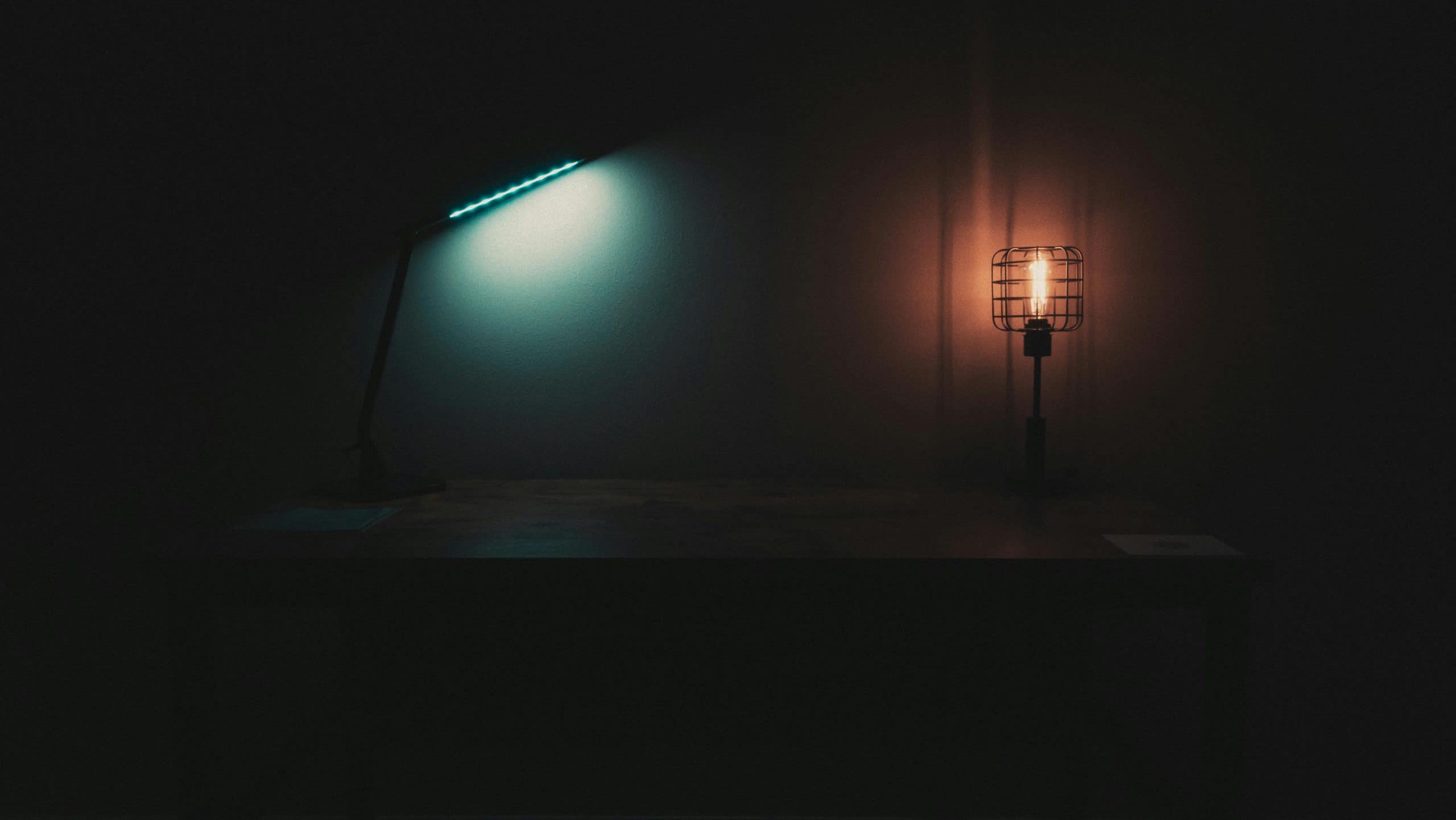How to Design Interactive Art Installations Using Motion Sensors and LED Lights?

Art installations have always been a medium to break boundaries, to start conversations, and to create lasting impressions. These installations, when combined with technology, becomes a powerful tool to engage visitors and offer them a unique experience. One such poignant blend of art and technology is the use of motion sensors and LED lights in creating interactive art installations. This article serves as a comprehensive guide to designing your own interactive art installations, creating a captivating experience for your audience.
Understanding the Basics: LED Lights and Motion Sensors
The heart of your interactive art installation will be the LED lights and motion sensors. Before you start designing, it’s vital to understand how these components work.
En parallèle : What Are the New Developments in Non-Surgical Treatment for Sports Injuries in the UK?
LED lights, or light-emitting diodes, are a highly efficient lighting technology. These lights are known for their long lifespan, eco-friendly nature, and the ability to create a broad spectrum of colours. LED strip lights, in particular, are perfect for art installations due to their flexibility, allowing you to mould them into various shapes and designs.
On the other hand, motion sensors are devices that detect physical movement in a given area. They are commonly used in security systems but have found a new application in interactive art. These sensors can trigger a change in the lighting, transforming the installation based on the movements of the visitors. This interactivity is what makes your art installation a memorable experience for your audience.
Sujet a lire : How to Use Gamification to Boost Learning in UK’s Higher Education?
Planning Your Art Installation Design
The first step in creating your interactive art installation is planning your design. This step involves sketching your ideas, selecting the right materials, and deciding on the interactive elements.
Start with brainstorming your ideas. It could be a pattern, a shape, a structure, or even an abstract concept. Then, sketch this idea and decide where you’d want to place the LED lights and motion sensors. Remember, the placement of these components will greatly affect the interactivity of your installation.
Next, choose the materials for your installation. While the choice of materials largely depends on your design and the location of your installation, it’s crucial to consider durability, especially if your installation is outdoors.
Lastly, outline the interactive elements of your installation. What happens when the motion sensor is triggered? Does the light pattern change? Do the lights flicker or switch colours? This is what sets your interactive art installation apart, so be creative and innovative with your interactivity.
Setting Up the LED Lights
With your design and materials ready, you can now move on to setting up the LED lights. This step involves wiring, powering, and programming the LEDs.
LED strip lights usually come with an adhesive back, so you can easily stick them onto your material. However, if you’re working with a large installation, you might need to secure them with additional glue or clips. You also need to wire them to a power source, usually a wall outlet or a battery. Make sure to follow the correct wiring setup to avoid any damage.
Programming the LED lights is another critical step. Depending on your design, you may want your LEDs to shine in a certain pattern or change colours. This can be done using a microcontroller and a suitable programming language.
Installing the Motion Sensors
After setting up the LED lights, the next step is installing the motion sensors. These sensors are what make your installation interactive, responding to the movements of the visitors.
Motion sensors usually have a wide detection range, so it’s important to position them correctly. They should be placed in a way that they can detect movements from all angles. You also need to wire them to your microcontroller, so they can communicate with the LED lights.
Once the motion sensors are installed, you need to program them. This involves deciding what happens when the sensor is triggered. It could be changing the light pattern, switching the light colour, or turning the lights on or off. The possibilities are endless, and you are only limited by your creativity.
Testing and Tweaking
Now that the LED lights and motion sensors are installed, it’s time to test your interactive art installation. Testing is crucial to ensure that everything is working correctly and the installation is interactive as intended.
During the testing phase, it’s important to mimic the actual conditions as much as possible. This includes the lighting conditions, the number of visitors, and their movements.
If you find any issues during the testing phase, you need to troubleshoot and tweak your installation. It could be repositioning the motion sensors, rewriting the programming code, or adjusting the power supply. It’s all part of the process, so don’t be disheartened if things don’t work perfectly the first time.
Troubleshooting Common Issues
As you delve into your interactive art installation journey, there are some common issues that you might encounter. Understanding these issues and how to resolve them can smooth out your process.
Power supply issues are pretty common when dealing with LED lights. If your lights are not turning on or they flicker intermittently, check the power source and the wiring. Make sure your power supply can deliver the required voltage and current for the LEDs. If you’re using a battery, ensure it’s fully charged.
Motion sensors not responding or triggering incorrectly can also cause problems. This could be due to incorrect positioning, an obstruction blocking the sensor’s range, or issues with the wiring or programming. Test the sensor by moving in its range to see if it triggers the lights. If not, you may need to reposition the sensor or check the wiring and programming.
LED strips not sticking to the material is another common issue. This could be due to a weak adhesive or an unsuitable material surface. If this happens, you can use additional glue or clips to secure the LED strip.
Issues can also arise from the programming of the LED lights and motion sensors. If the lights are not displaying the intended pattern or the sensor is not triggering the desired change, you may need to revise your code.
Remember, troubleshooting is a normal part of any creative process. Each challenge you overcome brings you one step closer to your final, interactive art installation masterpiece.
Sharing Your Interactive Art Installation
After all the hard work, it’s finally time to share your interactive art installation with the world. This step involves showcasing your installation, promoting it on social media, and gathering feedback.
Start by finding a suitable location for your art installation. The location should provide enough space for viewers to interact with it and should suit the theme of your installation.
Next, prepare for the grand unveiling. This could be an event where you invite people to interact with your installation for the first time. Make sure to capture this moment in photos and videos, as it could be a valuable addition to your portfolio.
Promoting your art on social media is a great way to reach more people. Show the process behind your creation, the challenges you faced, and how your installation works in real time. This will not only engage your audience but also inspire others to create unique, interactive art installations.
Feedback is an integral part of any artistic endeavour. Be open to constructive criticism and use it to improve your future installations. This way, every installation you create will be a step up from the last.
Conclusion
Creating an interactive art installation using LED lights and motion sensors is an exciting journey. It’s a unique blend of art and technology, allowing you to push boundaries and offer an immersive experience to your audience.
Understanding your materials, planning your design, setting up the LEDs and motion sensors, testing, and tweaking, are all crucial steps in this process. Overcoming common issues and troubleshooting are part of the journey, making your final masterpiece all the more rewarding.
So take the leap, create your interactive art installation, and ignite conversations through your art. Remember, the only limit is your creativity. Happy designing!
